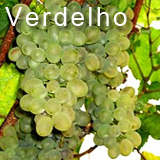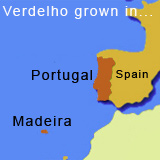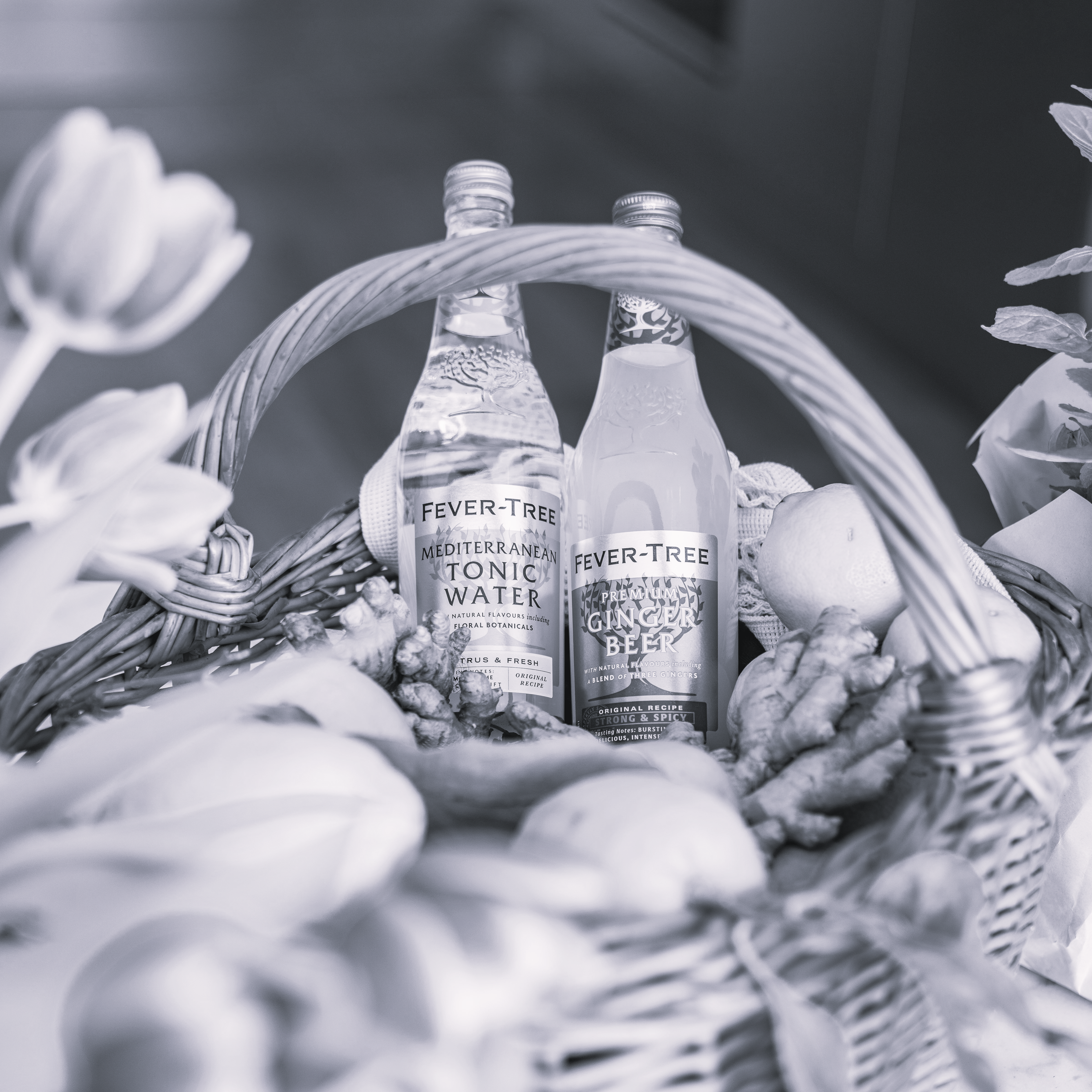Historical records show plantings of Verdelho - a white wine grape throughout Portugal as early as the 15th century, though it is most associated with the island of Madeira, and also gives its name to one of the four main types of Madeira wine. It is one of Madeira's noble grape varieties and was the most widely planted on the island until the 20th century. Plantings then dwindled and the regional authorities were so alarmed that they put in place a plan to revive the grape.
Verdelho was badly affected by the Phylloxera plague and the number of vines has decreased greatly in the century since. Since 1993 any Madeira wine labelled as Verdelho must contain at least 85 percent of the grape, which wasn't previously the case.
The grape is also grown in the Douro valley, where it is confused with Gouveio. It is also a small component of some 'Vinho do Dao'. Portuguese Verdelho is noted for its higher sugar content in the grapes then what is typically achieved in the warmer climate of Madeira. In smaller quantities, it is grown in the Galicia region of Spain where it is called Verdello. The grape can also be found in Italy's Umbria region as Verdello, it may well be the same variety, although this is yet unproven. Plus in Argentina, with at least one producer marketing a wine called simply Verdelho.
The grape has been successful in Australia, where versions of Verdelho are noted for their intense flavours with hints of lime and honeysuckle and the oily texture that the wines can get after aging. The variety is known for its high acidity when aged, but if drunk young generally possesses more fruit flavour than the other Madeira's. The grapes ripen early but can be prone to powdery mildew and also susceptible to frost during the spring.
From cool to warm climates the varietal character will change from herbaceous, grassy and spice through to more tropical notes of pineapple, melon, guava and honey-suckle. A very refreshing wine well suited too many fresh dishes.










